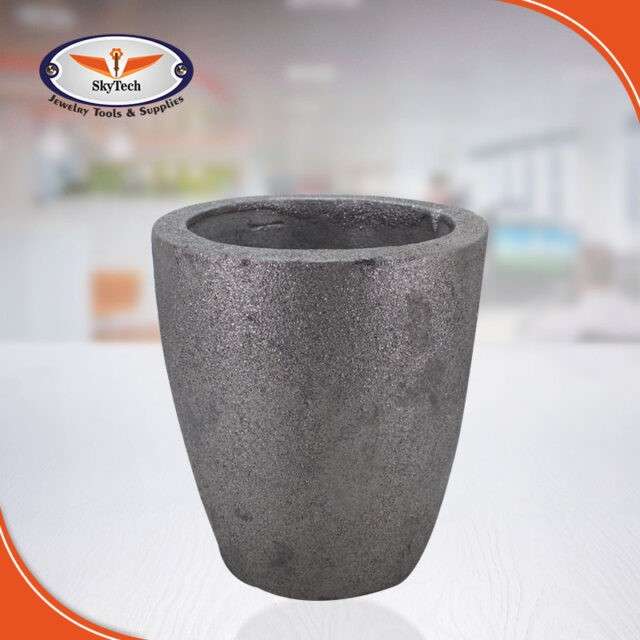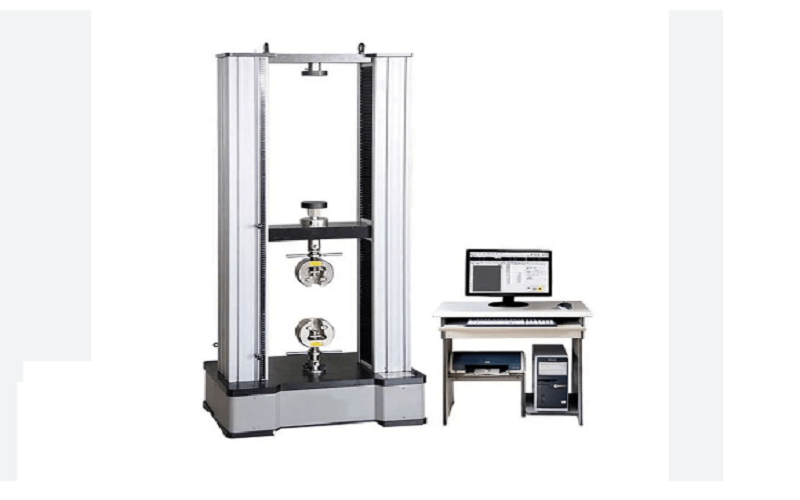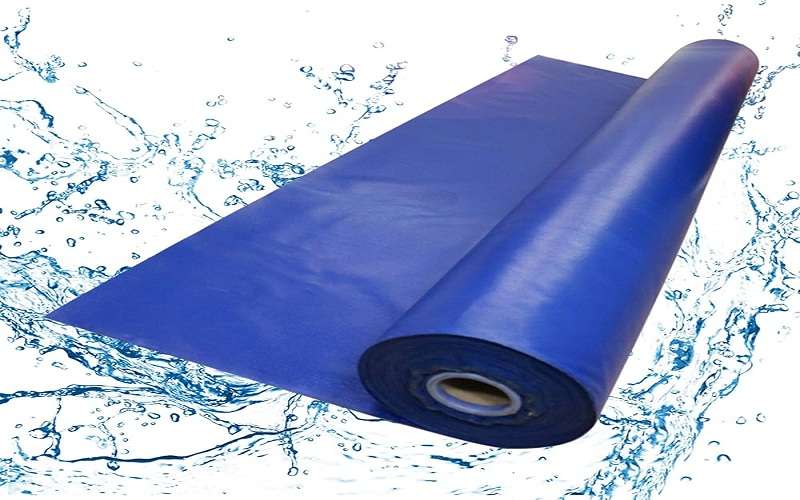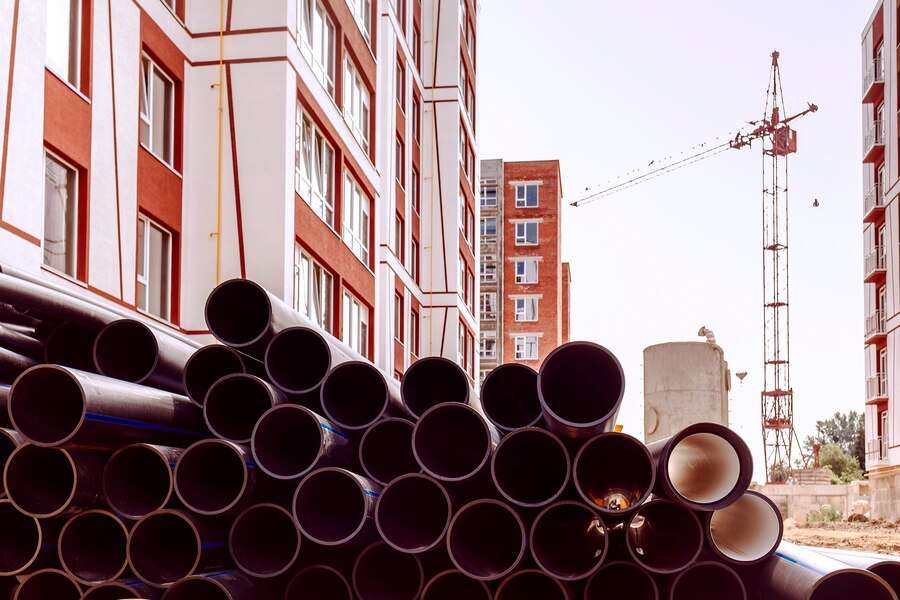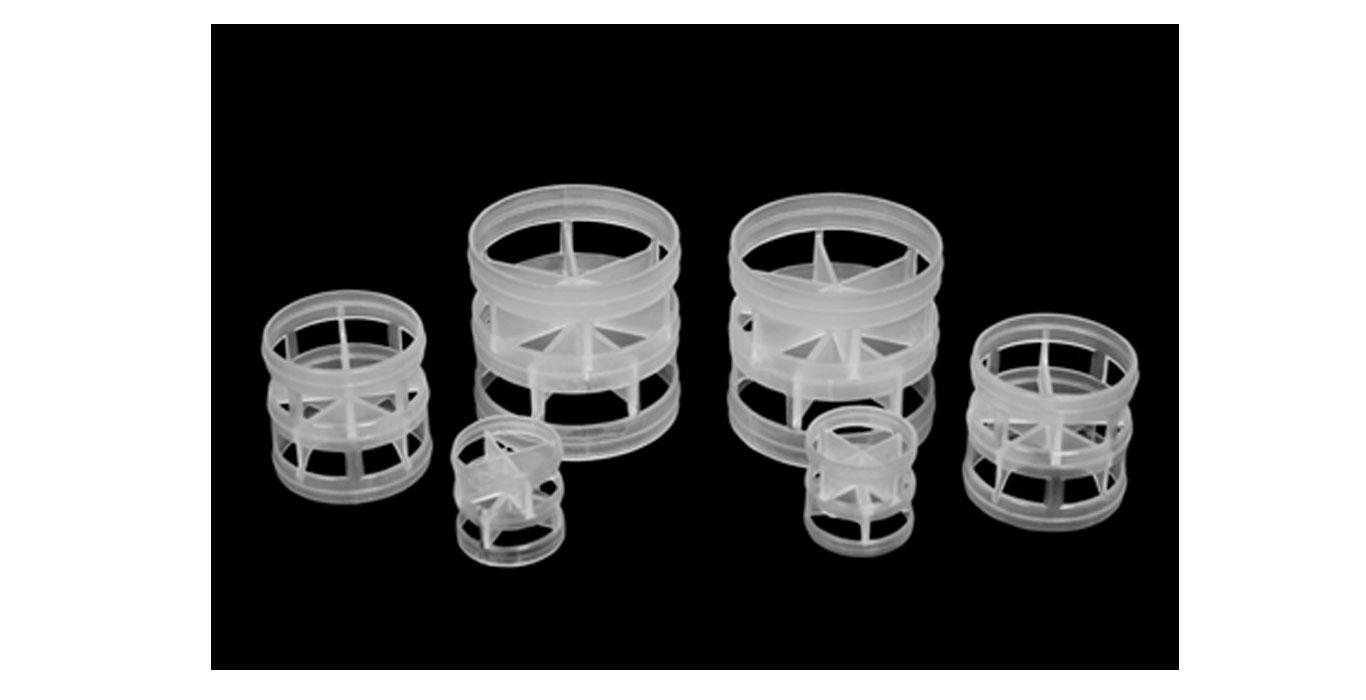When it comes to high-temperature applications in industries like metallurgy, jewelry making, and chemical research, finding the right equipment to withstand extreme heat and maintain its integrity is crucial. This is where Graphite Crucibles come into play. These ultimate vessels are incredible in processes involving the melting, casting, and refining of various materials at elevated temperatures. In this blog, you will learn everything about graphite crucibles, explore their characteristics, and applications, and why they are the preferred choice for high-temperature tasks.
What are Graphite Crucibles?
Graphite crucibles are specialized containers designed to hold and withstand extreme temperatures and chemical reactions. They are primarily made from graphite, a form of carbon known for its exceptional thermal and chemical resistance. Graphite crucibles come in various shapes and sizes, catering to the specific needs of different industries.
The Remarkable Properties of Graphite Crucibles
Graphite crucibles possess a remarkable set of properties that make them ideal for high-temperature applications:
High Thermal Shock Resistance:
Graphite is renowned for its ability to withstand extreme temperatures without deforming or melting. Graphite crucibles can handle temperatures upwards of 5,000 degrees Fahrenheit (2,760 degrees Celsius), making them essential in industries like foundries and glassmaking.
Excellent Thermal Conductivity:
Graphite’s high thermal conductivity ensures uniform heating throughout the crucible, promoting consistent and efficient melting and casting processes. This property is crucial in metallurgy, where precise temperature control is essential.
Chemical Inertness:
Graphite is chemically inert and does not react with most metals and compounds at high temperatures. This property prevents contamination of the materials being processed inside the crucible, making them indispensable in the production of semiconductors and specialized alloys.
Low Thermal Expansion:
Graphite’s low thermal expansion coefficient ensures that the crucible maintains its shape and integrity even when subjected to rapid temperature changes. This property is particularly valuable in applications involving repeated heating and cooling cycles.
Durability:
Graphite crucibles are highly durable and have a long service life when used correctly. Their resistance to thermal shock and corrosion makes them a cost-effective choice for various industries.
Common Graphite Crucible Issues and How to Fix Them?
While they are durable and can withstand extreme temperatures, users may encounter common issues with graphite crucibles. Here are some of these issues and troubleshooting solutions:
Issue: Overheating, rapid temperature changes, or physical stress can lead to cracks or breakage in graphite crucibles.
Solution:
- Avoid rapid temperature changes; always preheat and cool down gradually.
- Use proper handling techniques to prevent physical stress.
- Inspect crucibles regularly for any damage, and replace them if necessary.
Issue: Repeated use can cause erosion or wear on the crucible’s inner surface, reducing its lifespan.
Solution:
- Choose a crucible with a higher grade of graphite material if erosion is a recurring issue.
- Properly clean the crucible between uses to remove any residual materials that may accelerate wear.
Issue: Graphite crucibles can release impurities into the melted metal, leading to contamination.
Solution:
- Always use high-quality, low-impurity graphite crucibles.
- Ensure the crucible is properly seasoned before use to reduce the risk of impurity leaching.
- Periodically check and replace crucibles as they age and become more susceptible to contamination.
Issue: Molten metal can sometimes stick to the crucible walls, making it difficult to pour or remove.
Solution:
- Apply a release agent or coating to the interior of the crucible before use.
- Adjust the pouring technique to minimize the contact between the metal and crucible walls.
- Use a proper flux to prevent sticking.
Issue: Some crucibles may release gases when exposed to high temperatures, which can affect the quality of the melt.
Solution:
- Choose crucibles specifically designed for applications that require low outgassing.
- Preheat the crucible to a lower temperature to allow gases to escape before reaching the high melting point.
Issue: Some crucibles may not have the required heat resistance for specific applications, leading to premature failure.
Solution:
- Ensure that the selected crucible is suitable for the intended application and temperature range.
- Get specialized products from leading Graphite Crucible Manufacturers in India that withstand extreme temperature conditions.
Issue: Some chemicals can corrode or react with graphite crucibles, leading to degradation.
Solution:
- Select a crucible material that is resistant to the chemicals used in the process.
- Regularly inspect crucibles for signs of corrosion and replace them as needed.
Proper care, maintenance, and selection of the right crucible material for the specific application can help minimize these common issues and extend the lifespan of graphite crucibles. Regular inspection and replacement when necessary are essential practices to ensure safe and efficient operations.
Final Thoughts
Graphite crucibles are an ideal solution for high-temperature applications. Their remarkable thermal stability, chemical inertness, heat transfer capabilities, durability, and versatility make them indispensable in various industries.
SkyTech Machine Tools is one of the trusted Graphite Crucible Suppliers in India known for its unwavering dedication to quality, a wide range of graphite crucibles and Jewelry Polishing Machine, and exceptional customer support. Rely on Skytech for top-notch crucibles designed to endure the most rigorous high-temperature conditions, guaranteeing peak performance and reliability in your various applications.
Frequently Asked Questions
Why choose a graphite crucible over other materials?
Graphite crucibles are preferred for high-temperature applications because they can withstand extreme heat without melting or deforming. They also have excellent thermal conductivity, making them ideal for precise temperature control during melting processes.
What types of materials can be melted in a graphite crucible?
Graphite crucibles are versatile and can be used to melt various materials, including metals like gold, silver, aluminum, and copper, as well as non-metals like glass, ceramics, and certain plastics.
How do I choose the right graphite crucible size?
The crucible size should match the quantity of material you need to melt. It’s essential to leave some space at the top to prevent overflow. Consider the crucible’s capacity and the volume of the material you’re working with to determine the appropriate size.






